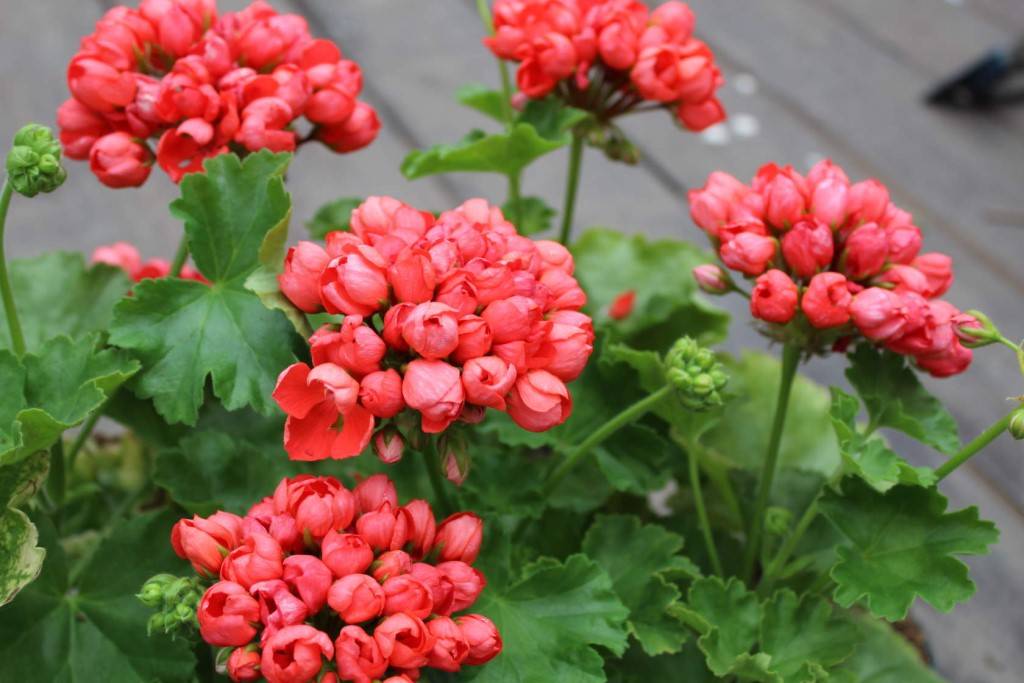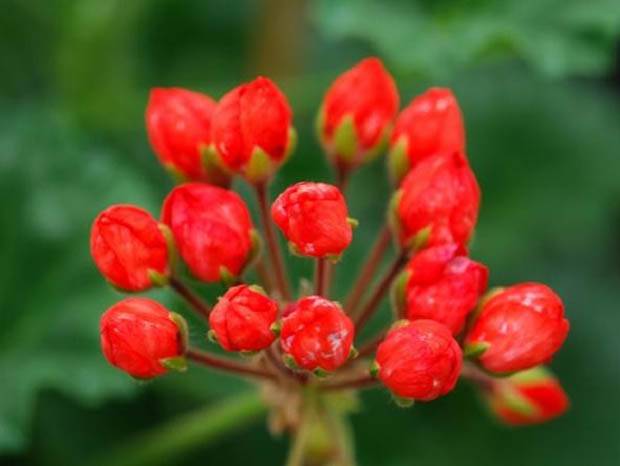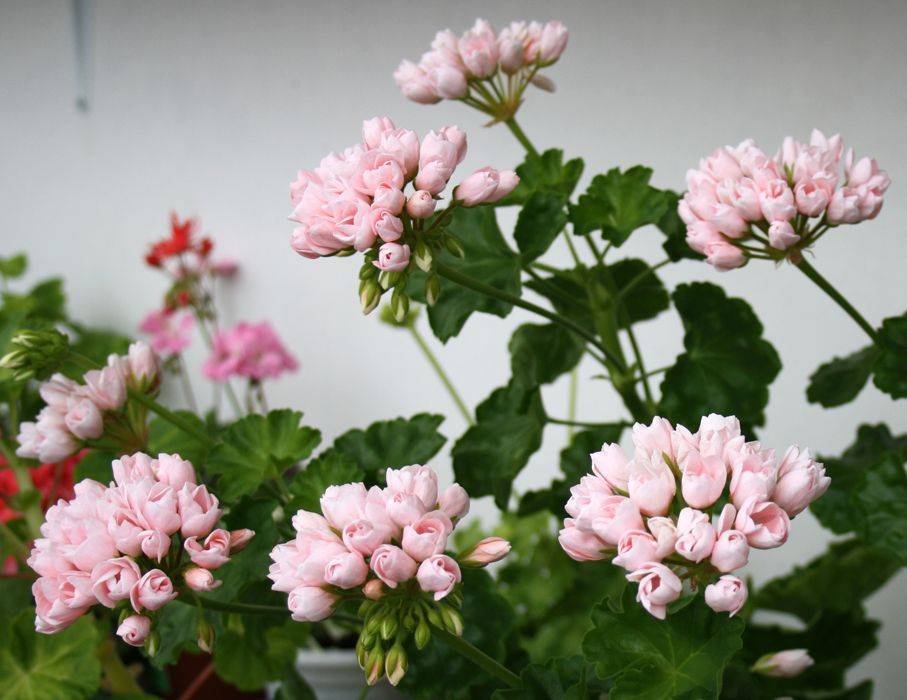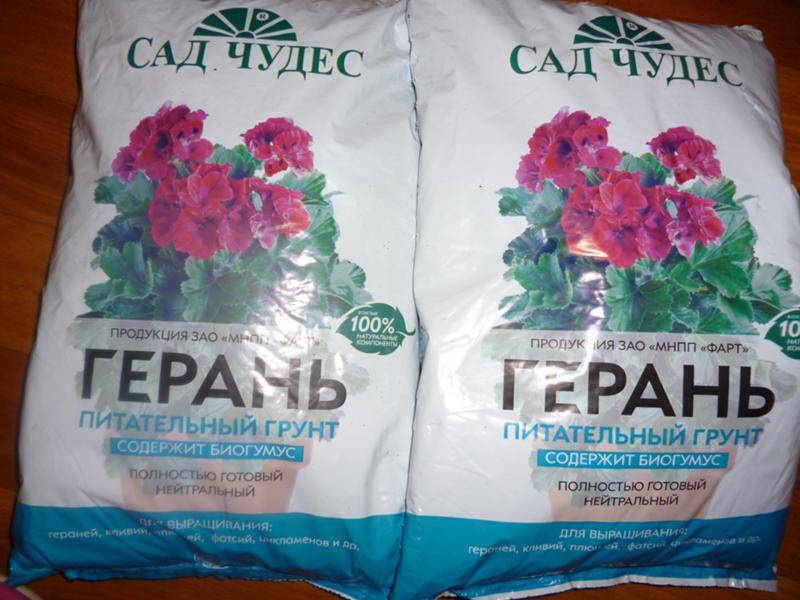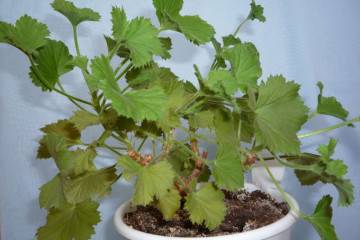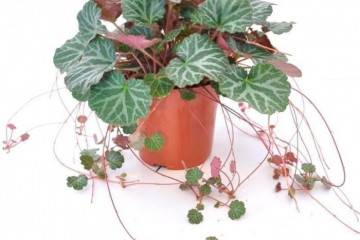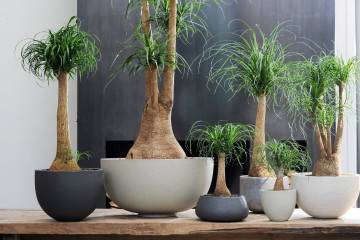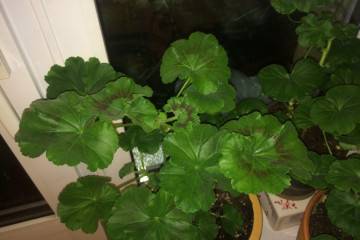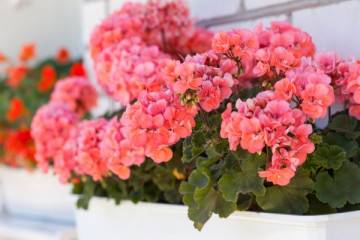Geranium tulip - popular varieties for the home
Content:
Geranium has long been chosen by the window sills of flower growers. In addition, breeders constantly delight with more and more new species and varieties of culture. Plants have different flowering periods, different shape and color of flowers. One of the interesting varieties is tulip geranium, information on the cultivation of which is provided below.
Geranium tulip - what is this flower
The group of geraniums received the name for the buds in the form of weakly opened tulips.
Origin story
The tulip geranium was bred in America by the Andreas family. They named their first flower Patricia Andrea. The family gave names to subsequent varieties in honor of relatives and friends. Breeding work was carried out in 1966. Geranium with flowers in the form of tulips came to Europe two decades later.
Description
Plants have a wide rhizome, thick stems from 30 to 80 centimeters high. The leaves are wide, light or dark green in color, with a carved border. A distinctive feature of pelargonium is its tulip-shaped flowers. The color of the buds ranges from light pink to dark red.
Varieties
This plant is not very diverse. Breeders have bred a dozen varieties. Some of them are easy to grow, for example, Red Pandora Pelargonium.
Some, for example, Emma fran Benstigo pelargonium, is better not for novice growers to purchase. A capricious plant, with the slightest mistakes in care, loses its decorative appearance. The cultivar is sometimes referred to as Emma rosebud pelargonium for its slightly rose-like buds.
PatriciaAndrea
The variety is considered the ancestor of the tulip geranium. The bushes are medium-sized. The leaves are dark green, with a carved edge. It blooms for a long time with red-pink elongated inflorescences. The plant is well suited to formation.
Red pandora
Emerald foliage with a velvety surface grows on the Red Pandora geranium. Rounded flowers are collected in dense inflorescences. Their color is coral pink. Pelargonium of the Red Pandora variety grows slowly and does not serve well for formation.
Conny
The variety has a small crown height. Blooms profusely on all cuttings at once. There are streaks on the red petals. The shrub serves well to formation.
Emma fran bengtsbo
This variety is capricious: Emma tulip pelargonium is not recommended for growing to novice growers. The crown reaches a height of 80 centimeters. Geranium Emma leaves are light green, flowers are pink, oblong. Pelargonium called Emma fran Bengtsbo does not bush well even after pinching.
Herma
The bush of this variety is low, compact. The leaf plates are light green. Herma's pelargonium petals are orange-red. The inflorescence is formed from 40 flowers.
MarbackaTulpan
This is a rare variety. The bushes are tall: they grow up to 80 centimeters. The inflorescences consist of flowers of a pale pink color. When opened, the double geranium flowers become like jasmine flowers.
How to care
At home, the following care is taken for tulip geraniums: watering, feeding, pruning elongated shoots. The cuttings can be rooted and grown into new plants.
Illumination and temperature conditions
The plant prefers to grow in a well-lit area. With a lack of light, the leaves become smaller, lose color brightness. If direct sunlight hits the foliage, burns may appear on the leaf plates. Therefore, the bushes are positioned in such a way that sun glare does not fall on them on a hot afternoon.
Comfortable air temperature for geraniums in summer is 20-25 ° С. During this period, the plant can be taken out on a covered terrace or in a garden under the crown of trees. In winter, the temperature is reduced to 15-16 ° C.
Watering rules and humidity
Pelargonium tulip is a moisture-loving plant. It is often watered, especially if the bushes are planted in loose soil. The top layer of soil between irrigations should have time to dry out. In winter, watering is reduced, especially if pelargonium is kept in a cool room.
The water is used warm, settled. 10-15 minutes after watering, the remaining liquid is drained from the pan. Spraying the bushes is not required. To increase humidity in winter, a vessel filled with water can be placed next to the flower.
Top dressing and soil quality
Pelargonium is planted in loose soil. It can be prepared at home from the following ingredients:
- leafy and sod land;
- peat;
- sand;
- perlite.
In flower shops, you can purchase a ready-made substrate for pelargonium.
From spring to mid-autumn, geraniums are fed. To do this, use a universal complex fertilizer for flowering plants. In the first places in the top dressing should be potassium and phosphorus, contributing to a beautiful flowering. The bushes are fertilized once every 2 weeks.
Flower container size
2 weeks after purchase, the tulip pelargonium is transplanted into a new pot. In volume, it should be 2-2.5 centimeters larger than the previous one. There should be holes at the bottom of the container to drain excess water.
Pruning and replanting
As the geranium grows, the geranium shoots stretch out, which is why it loses its decorative effect. Therefore, every spring the plant is pruned. Shoots are cut so that about 5 buds remain on the remaining parts. Places of cuts are sprinkled with charcoal. New plants can be grown from cuttings.
When the root system braids with an earthen ball, the flower is transplanted. The procedure is carried out every spring. The pot is used a little more than the previous one.
Flowering features
Tulip geranium inflorescences consist of 20-40 tulip-shaped buds. The edges of the petals can be straight or serrated. The inside of the flowers is usually brighter than the outside. The petals are colored, depending on the variety, in colors from pale pink to carmine red. Geranium blooms for a long time, starting in summer. In winter, the plant has a dormant period.
Reproduction methods
You can breed geraniums at home with seeds and cuttings. When propagating the culture in the first way, it must be borne in mind that some parental features of young seedlings may not inherit.
Seeds
The procedure is performed as follows:
- The seeds are disinfected in a solution of potassium permanganate, then soaked in a growth stimulator.
- Planted in a box with prepared soil.
- Moisten with water from a spray bottle.
- Fall asleep with a small layer of sand.
- Cover the box with transparent wrap.
The container is placed in a well-lit room. The film is removed every day, the condensation formed on it and on the walls of the box is wiped. When a pair of true leaves appear on the seedlings, they are transplanted into small pots.
By cuttings
After pruning, cuttings remain, which can be rooted and grow new bushes from them. The procedure is performed as follows:
- Cuttings with 2-3 internodes are cut, left in the air until the slices dry.
- They are planted in small pots, which are filled with drainage and loose soil.
- To create greenhouse conditions, cover with a jar.
- Place the pots on a light windowsill so that the cuttings are not exposed to the direct rays of the sun.
A sign that the segments are rooted is the appearance of new leaves on them. After that, the jars are removed, the plants are transplanted into larger pots.
Growing problems, diseases and pests
Tulip geranium is a capricious plant, and with improper care it loses its decorative effect. In this case, the bushes can be exposed to diseases and pests.
The main problems when growing a crop are as follows:
- The stem turns black from the base. This disease is called black leg. It gradually spreads to the whole plant. A disease occurs due to excess moisture in the soil. You can save the plant only by cutting off and rooting the top.
- Light circles form on the leaf plates. This is rust, which gets rid of by removing the affected parts and treating the bushes with a fungicide.
- The foliage turns yellow, it is difficult to stay on the branches. A possible reason is the appearance of a whitefly on the plant. Get rid of the insect by spraying the bushes with insecticides.
- The leaf plates and stems are shrouded in cobwebs. This means that a spider mite has appeared on the geranium, which is also getting rid of with the use of an insecticide.
- The buds fall off without opening. This situation occurs with excessive watering, increased air humidity. You can fix the problem by moving the flower to a dry room, reducing the frequency of watering.
- Geranium does not bloom. This happens when the bushes are kept in conditions of excessive heat, as well as with excessive nitrogen feeding. The plant prefers to grow at a moderate temperature; to stimulate flowering, they reduce the amount of nitrogen, increase the content of phosphorus and potassium in the soil.
Tulip geranium is a spectacular houseplant. She requires increased attention and caring care. Fulfilling all the requirements of pelargonium, the florist will be able to admire its beautiful flowering for a long time.
